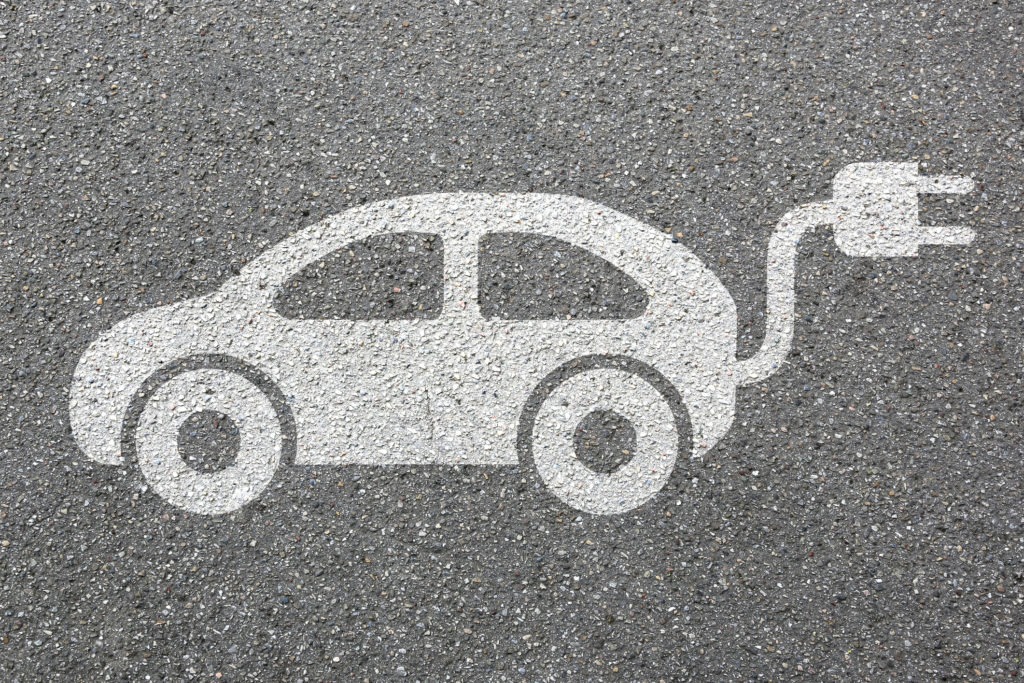Electrified road uses rail to charge vehicles
24 May 2018

24 May 2018
A new electrified road is being tested in Sweden, allowing vehicles to charge batteries through a rail while being driven.
The state-funded project, named eRoadArlanda, will cost €5 million and could help to cut the cost of electric vehicles (EVs). The road uses a uses a modified electric truck that moves cargo from Stockholm’s Arlanda airport to Postnord’s nearby logistics hub to test the technology.
To transmit the charge to an EV battery, the road uses an electrified rail, similar to those found on railways, embedded in the tarmac of the 1.25-mile stretch, charging the truck automatically as it runs above it. A movable arm attached to the truck detects the rail’s location in the road and charging stops when the vehicle is overtaking or coming to a halt.
The project is backed by Swedish companies Elways and Vattenfall. Elways CEO Gunnar Asplund said that charging while driving would mean electric cars no longer need big batteries – which can account for half the cost of an electric car – to ensure they have enough power to travel a useful distance.
′The technology offers infinite range, so distance anxiety disappears,’ he said. ′Electrified roads will allow smaller batteries and can make electric cars even cheaper than fossil fuel ones.’
Asplund said the Swedish state, which is funding the project, was happy with the results so far and that the only issue has been dirt accumulating on the rail.
Better landscape
Elways has patented the electric rail technology and is part of a Swedish consortium backing the eRoadArlanda project that also includes infrastructure company NCC and utility Vattenfall, which provides power from the national grid to the rail.
′Such roads will allow (electric vehicles) to move long distances without big, costly and heavy batteries,’ said Markus Fischer, a Vattenfall spokesman, adding that installing the arm in new cars would be cheaper than retrofitting current models.
eRoadArlanda is the second electrified road project in Sweden to receive state funding stemming from the Swedish Transport Administration’s innovation procurement initiative. The first project on a motorway between Gävle and Sandviken, 90 miles north of Stockholm, was officially opened two years ago. Here a number of hybrid trucks are charged using overhead power lines. However, due to the height of lorries, small EVs cannot benefit from this system. The rail allows cars, vans and trucks to charge as they drive, as well as reducing the impact on the landscape.
Testing at eRoadArlanda started in April and will last at least 12 months so that the electric truck can use it under different weather conditions.
Last year, Renault held an event to show that a similar solution, called dynamic wireless charging, could help eliminate range anxiety. Dynamic charging allows electric cars to recharge from pads embedded in the roadway that wirelessly supply power to vehicles driving above them.
However, it could be years before drivers will be able to use the technology, mainly because of cost limitations. A 2015 study by Highways England, the national road agency, estimated that it would cost £350,000 to £425,000 (€400,000 to €486,000) to equip a kilometre of road with dynamic charging infrastructure.